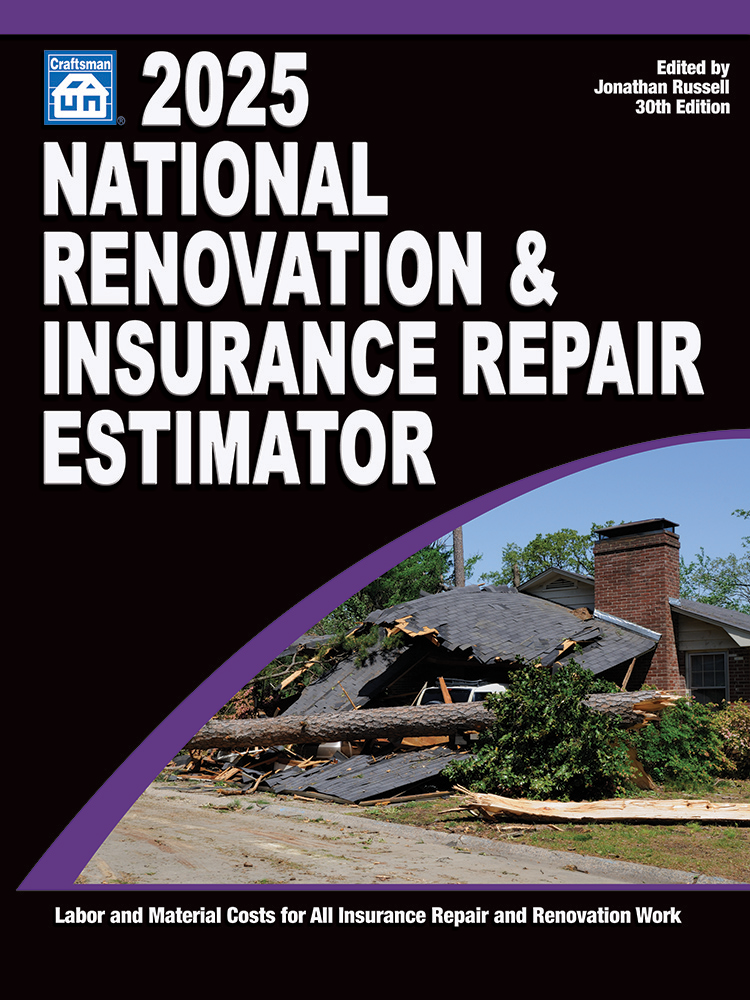Bailees Insurance: What Every Restoration Firm Needs to Know
There appears to be a serious need for some help within the restoration community in this line of insurance coverage






We have been answering a lot of questions about bailees insurance lately. Based on the questions and from reading the actual bailees insurance policies provided to us from some of the callers, there appears to be a serious need for some help within the restoration community in this line of insurance coverage.
Bailees insurance has the potential to cost more than your General Liability (GL) and Contractors Pollution Liability (CPL) insurance combined. Expensive insurance usually means big risks. There is also the potential to overpay for this insurance, making it worth 30 minutes of your time to get it right. Below is some practical advice on Bailees insurance and how not to throw premium dollars into the wind.
Before I can talk about bailees insurance, it is important to define what a bailment is - and no, it is not in any way related to jail. Basically a bailment is created when one party (the bailee) takes the property of others (the bailor) into their possession. The bailee then holds the property in a bailment.
Although there are multiple forms of bailment, if the bailee takes possession of the property and is being compensated to do so, the bailee is responsible to return the property in the same condition they received it in.
Bailees insurance coverage is needed by any restoration firm that takes the contents of a property to their shop to clean and store it. The need for bailees insurance coverage is so generic in the fire and water restoration business that some of the claims administration networks mandate that all of the firms in their network maintain a base line minimum level of bailees insurance coverage. The minimum base line of coverage should be thought of as just that - the network picked out of the blue a floor amount of coverage that must be purchased by the entire network. That floor amount of insurance is unlikely to match your actual loss exposure, which may be above or below the floor amount established in your contracts. Care should be taken in this line of coverage to make sure you have purchased sufficient insurance limits.
Some firms will need much higher limits of bailees insurance than the networks or their customers may require in their contracts. I spoke to one contractor who, after complaining about the “totally unreasonable” request for bailees insurance from one of the networks, was very surprised when after some discussion we figured out he had $4 million of other people’s property in his warehouse and that he had no insurance on any of it. Whoops. He ended up buying a $4 million bailees policy really fast once he knew what the bailees coverage was for. He had mistakenly thought that either the insurance policies of the property owners had their contents insured in his warehouse (there is some truth to that but his customers’ insurance company will subrogate against him if the property is lost under his watch) or that his property insurance policy covered the property as “contents” in his building, even though he never told his insurance company he had $4 million of other people’s stuff that he had worked on in his building.
I know that it is frustrating to keep track of what is insured under which insurance policy but it helps to look at it this way: if your insurance company did not charge you a premium for the loss exposure, it is a pretty safe bet to assume you are not insured for it.
How to Obtain Bailees Insurance?
There are basically two ways:
- Buy a separate bailees insurance policy or add bailees coverage to the existing property insurance policy on the firm. This is the best choice if you actually have anywhere near the amount of property in your warehouse as the amount of bailees insurance required in a contract.
- Buy a custom-crafted bailment coverage endorsement on the GL policy. This is the most economical choice if the mandatory bailees insurance limit far exceeds your actual loss exposure to property held in bailment.
Keep in mind that bailees coverage based on property insurance has broader coverage than even the highest quality GL coverage extension options. For this reason, if you actually take property into your shop to clean and store it, the purchase of a bailees insurance policy is recommended. This can be very expensive insurance with insurance rates of 1% or more applying to either the maximum value of the property held in bailment at any point during the policy period or of the policy limit purchased - whichever is greater. For example, the firm with $4 million worth of contents in their possession could be looking at a $40,000 insurance premium. On a good day, the bailees coverage could cost them more than that depending on where they are located.
As an alternative, if you have a customer or network demanding that you maintain a limit of liability for bailees insurance that far exceeds the actual value of the property held in bailment in your shop, then a more cost effective way to meet the requirement for bailees coverage will be a specially adapted bailment coverage extension to the GL policy.
The least expensive good quality property insurance-based bailees coverage with a $1 million limit that we could find on April 1, 2013 was priced at $5,000. In contrast, we were able to find a high-quality customized GL extension for bailees coverage that cost $2,500 for the same coverage limit. It is a little unfair to make such a simple comparison. The property insurance-based bailees insurance has a dedicated insurance limit for the coverage with lots of bells and whistles coverage extensions, versus sharing the limit with other parts of the GL insurance, for example.
Bailees insurance is a common form of inland marine property insurance that is readily available in the property insurance marketplace. Usually bailees coverage is written as part of the overall property insurance program on the firm along with business personal property coverage on the buildings and contractor’s equipment coverage. Unlike the liability insurance on most restoration firms, which is generally pretty awful today because of the universal coverage restrictions for Category 3 water jobs, the property insurance coverage, including bailees coverage sold to restoration firms, are usually pretty good.
After some research, we have been amazed by the diversity in the bailees insurance policies that are being sold to restoration firms. We compared an off the shelf best-in-class bailees policy to a sampling of six other policies and compiled the comparison below. All the reviewed bailees insurance policies had $1 million limits.
So why would anyone buy the typical bailees policy? They must not have known about the other options which are readily available for sale outside of coastal areas.
I purposely did not provide the identity of the exceptional insurance company for fear they might raise their price to $9,000 if they saw this chart.
Here are some common things to avoid in bailees insurance:
- A bailees insurance policy that does not cover any property that you work on: What? If you are cleaning contents that’s why you need the bailees coverage in the first place. Two of the six reviewed policies had this restriction.
- A bailees insurance policy that excludes losses from flood: You will still be responsible to return the property to its pre-flood damage condition whether you have insurance or not.
- Insuring the property of others in your care, custody or control as an extension to a property insurance policy: These extensions typically exclude property that you work on and only insure replacement equipment you might rent. This is not the same as bailees insurance and does not meet a requirement for bailees coverage in a contract.
- A bailment coverage extension to the GL policy that only provides liability-based insurance coverage: That is not real bailees insurance either. Do not depend on a simple liability-based coverage extension to a GL policy to pay a bailment loss - you may be in for an unpleasant surprise if you do. These coverage extensions are OK if they obligate the GL policy to pay for a direct physical loss to the property, which mirrors a traditional bailees insurance policy.
How Much?
The simple answer is the maximum value of the property of others that you have in your shop at any point in time or the amount dictated to you in a contract.
I am writing this as general advice on bailees insurance coverage. Your situation may be different than the average restoration contracting firm. Your bailees insurance needs to be coordinated with the other types of insurance on your business. I recommend discussing your needs for bailees insurance with your insurance agent. Be sure to tell your insurance agent that you actually work on the property, because that operation can make some forms of bailees coverage worthless to you.
Looking for a reprint of this article?
From high-res PDFs to custom plaques, order your copy today!











